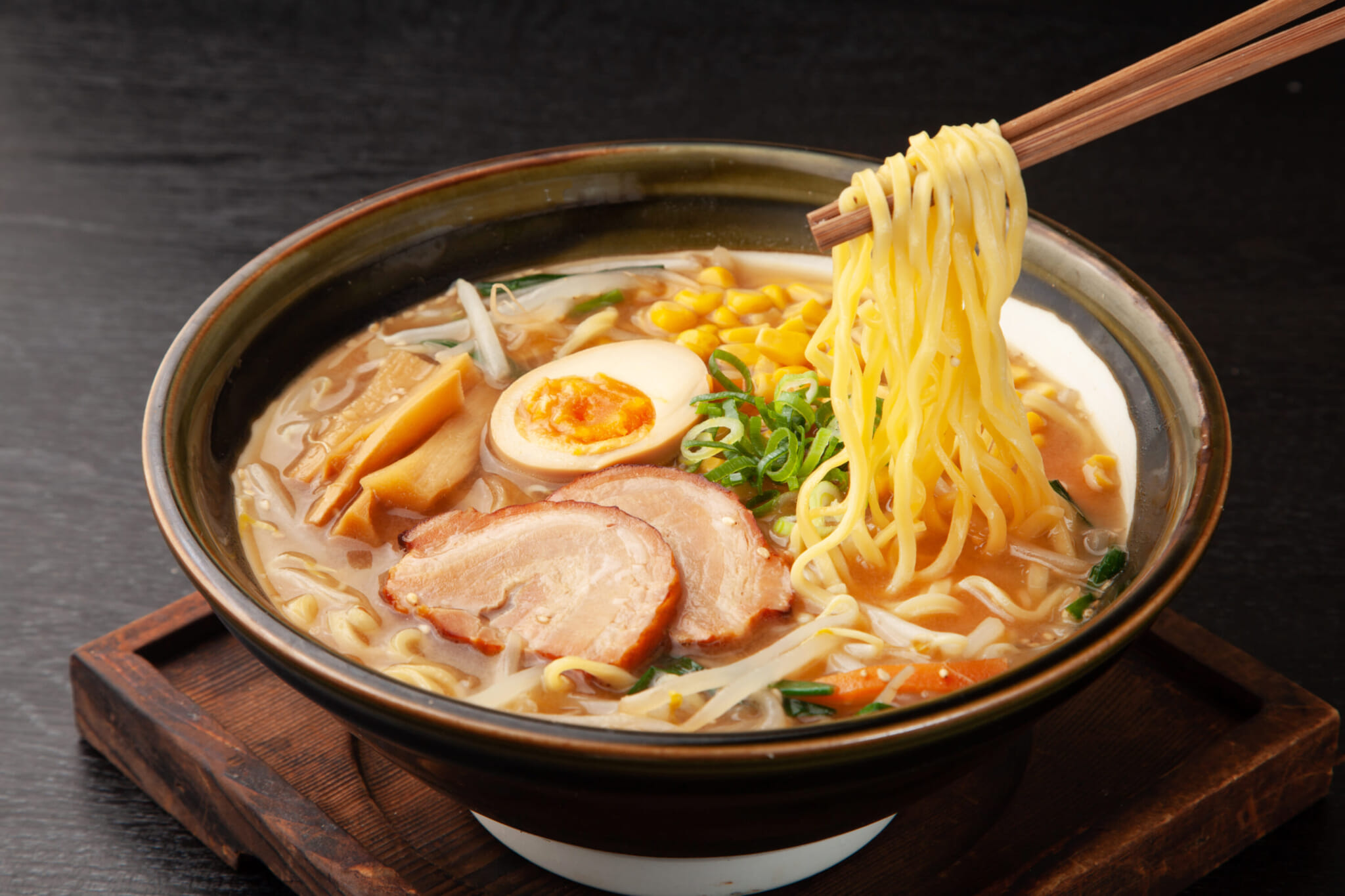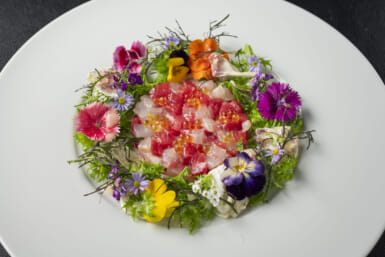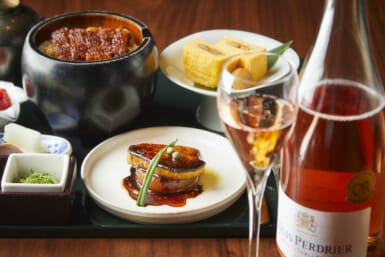Japan is home to a whole range of different cuisines. No matter where you go around the country, you’re likely to find something new. But even with such a wealth of options, there are always popular dishes that make their way onto almost every menu.
Here are 10 of those popular Japanese dishes that you’re likely to find almost anywhere you go in Japan, along with recommendations of where to try them in Tokyo.
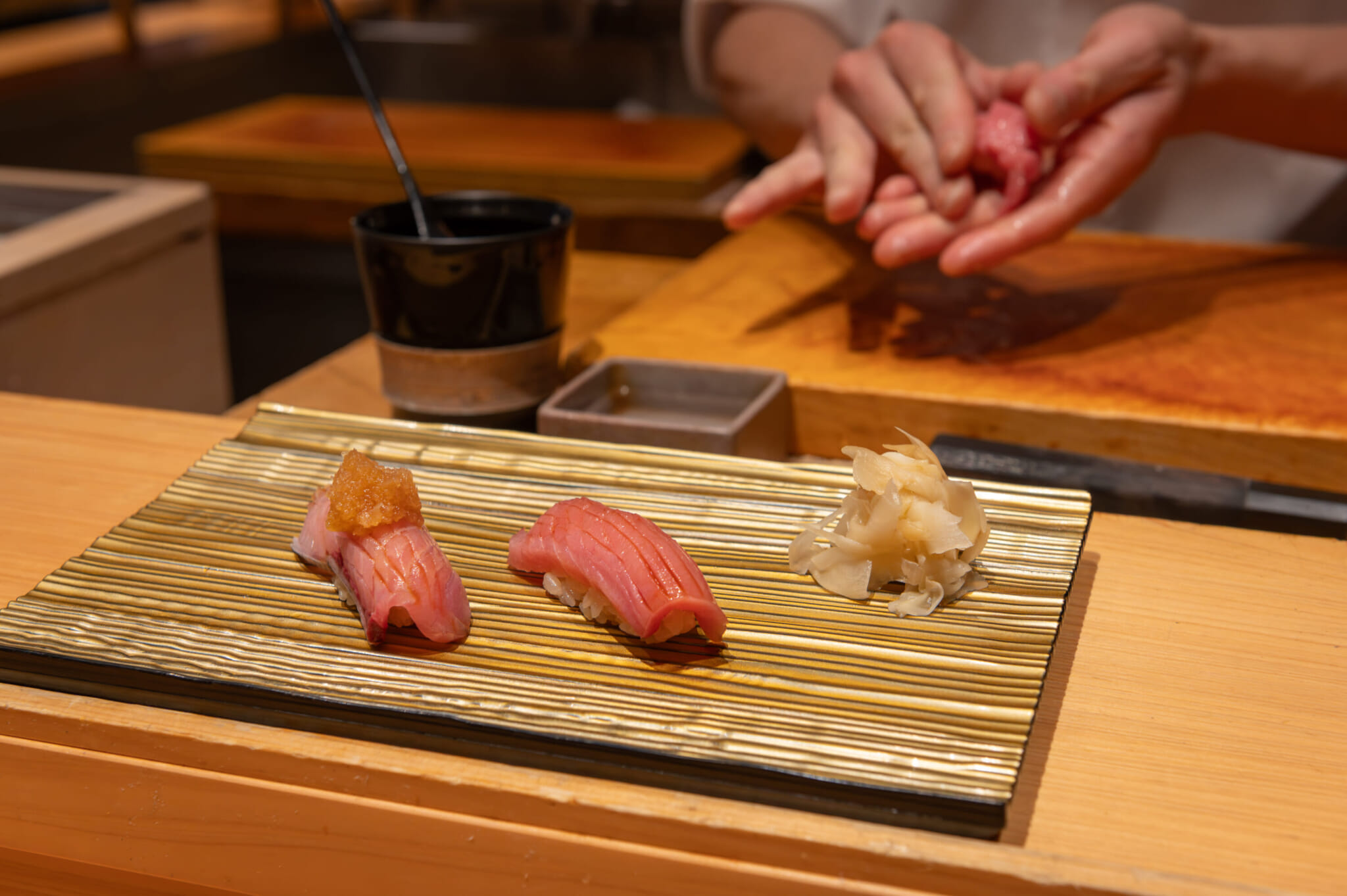
Sushi
Sushi at its most basic level is cooled rice mixed with vinegar, which is then most commonly topped with raw fish or seafood. There are lots of variations of sushi, such as nigiri sushi, which is the classic rice ball with fish on top, or maki sushi, which is a sushi roll wrapped in seaweed.
Where to try it:
For world-class sushi restaurant recommendations, click here.
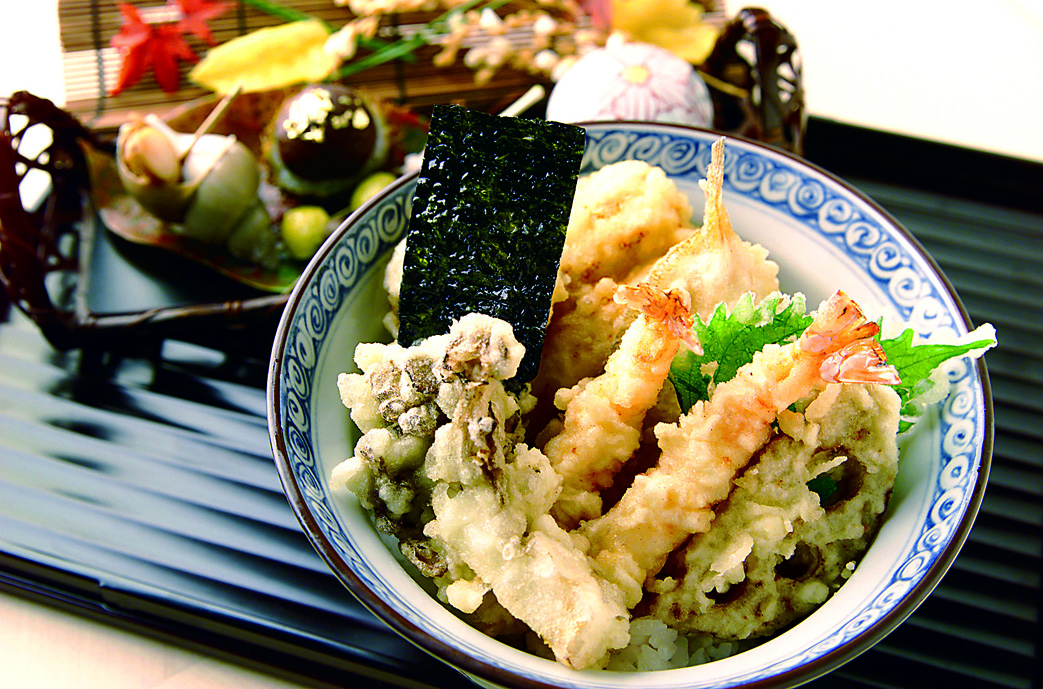
Tempura
Tempura is made by deep frying seafood or vegetables that have been coated in a light batter. It is served in different ways around Japan, depending on the region, and might come with a bowl of soba noodles in broth or simply on its own with rice and sides. When served on its own, it often has dipping sauces or flavored salts to match.
Where to try it:
Ippoh – Light, traditional tempura in a luxurious atmosphere
Tempura Uoshin – Hearty, seasonal tempura spot with 25 years of history
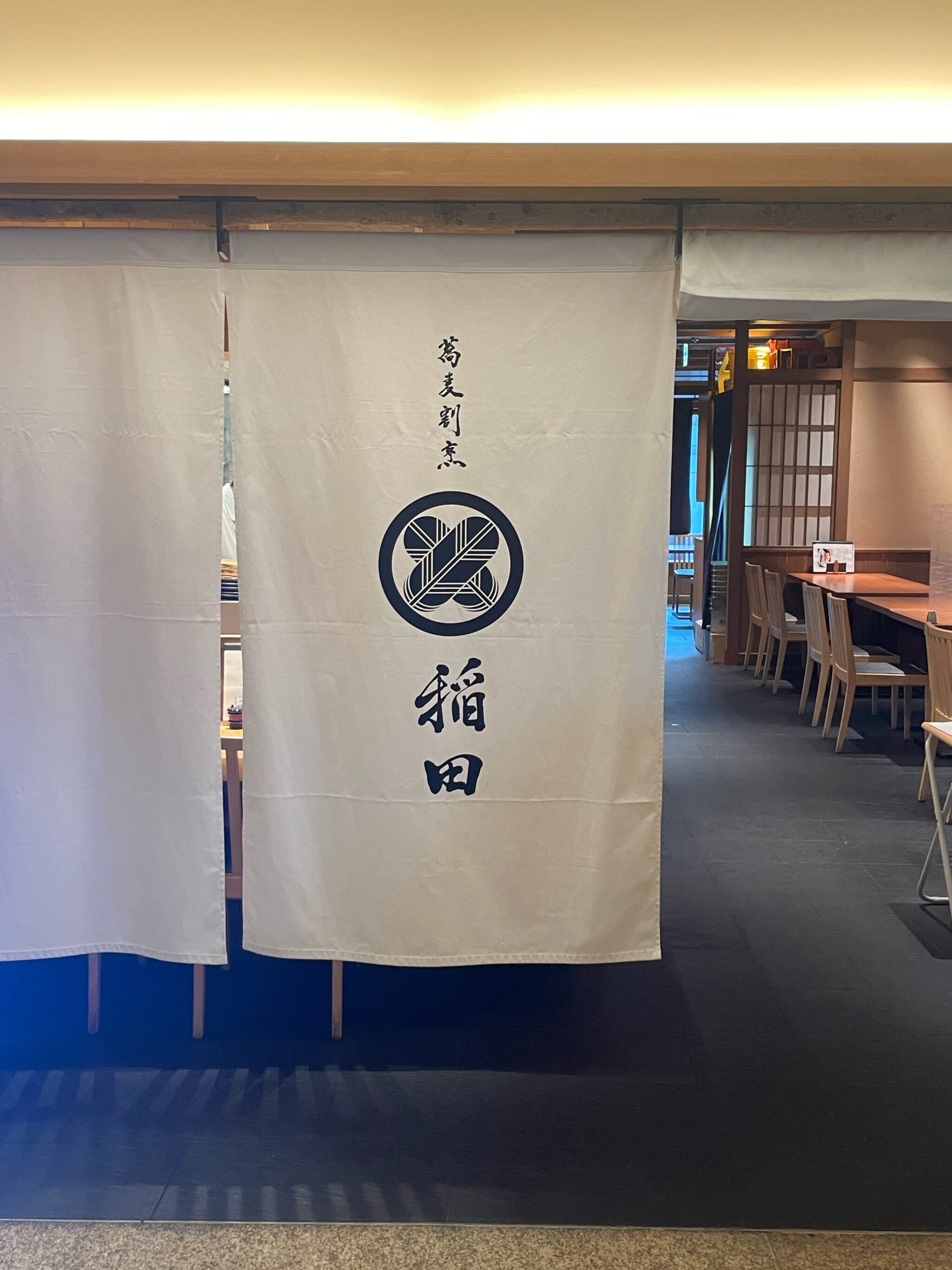
Soba
Another of Japan’s soup noodles is soba. These thinner noodles are made with buckwheat and most commonly served warm with a light broth or cold with a light dipping sauce. Dishes can be simple, with hardly any toppings, or served in an extravagant way with meat and vegetables.
Where to try it:
Soba Kappou Inata – Soba with seasonal washoku Japanese dishes, served alongside sake brewed in Tottori
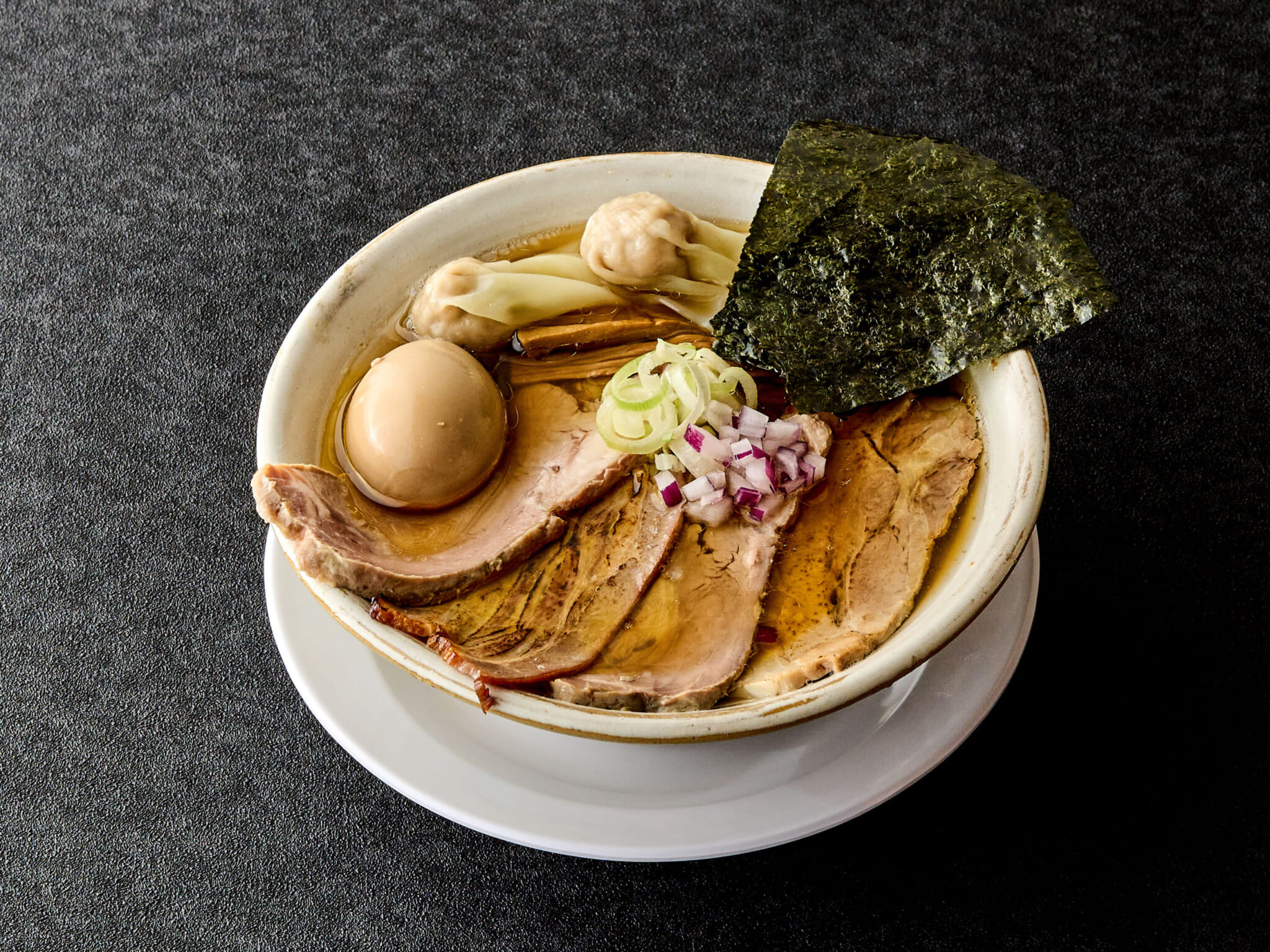
Ramen
Arguably the most famous type of soup noodle is ramen. In contrast to udon and soba, ramen broths are often thicker or more flavorful, resulting in a very filling meal. Soup flavors, noodle types and toppings differ greatly depending on the region and restaurant.
Where to try it:
Homemade Ramen Muginae Muromachi – Fresh, handmade noodles with no additives and flavorful soups
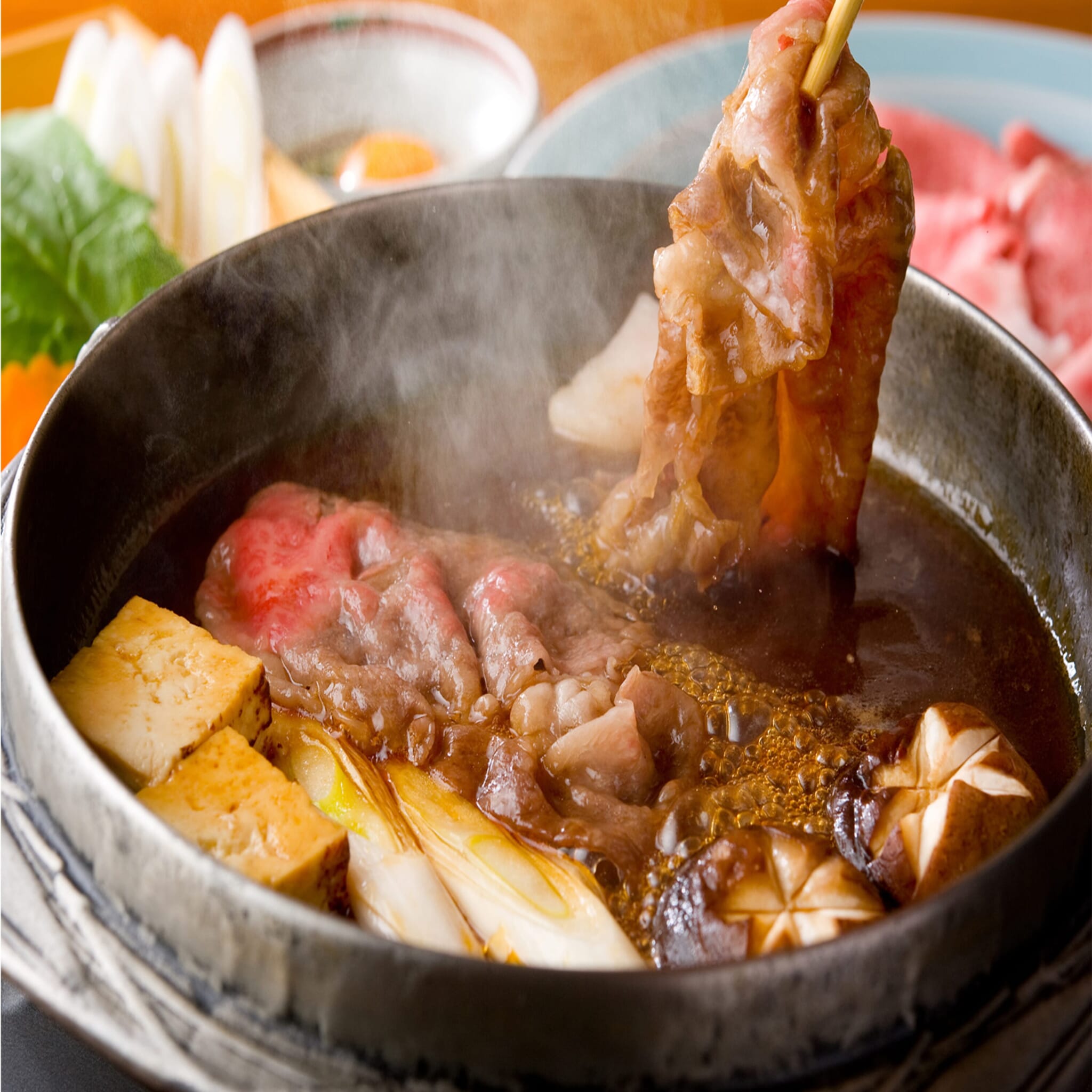
Nabe
A particularly popular choice in winter, nabe is a hotpot or stew made with seasonal vegetables and meat. The ingredients are usually cooked at the table on a portable stovetop and shared. Use up the remaining soup at the end by combining it with rice or noodles.
Where to try it:
Ningyocho Imahan Ginza – A sukiyaki (beef, tofu and vegetable hot pot) restaurant serving seasonal nabe dishes
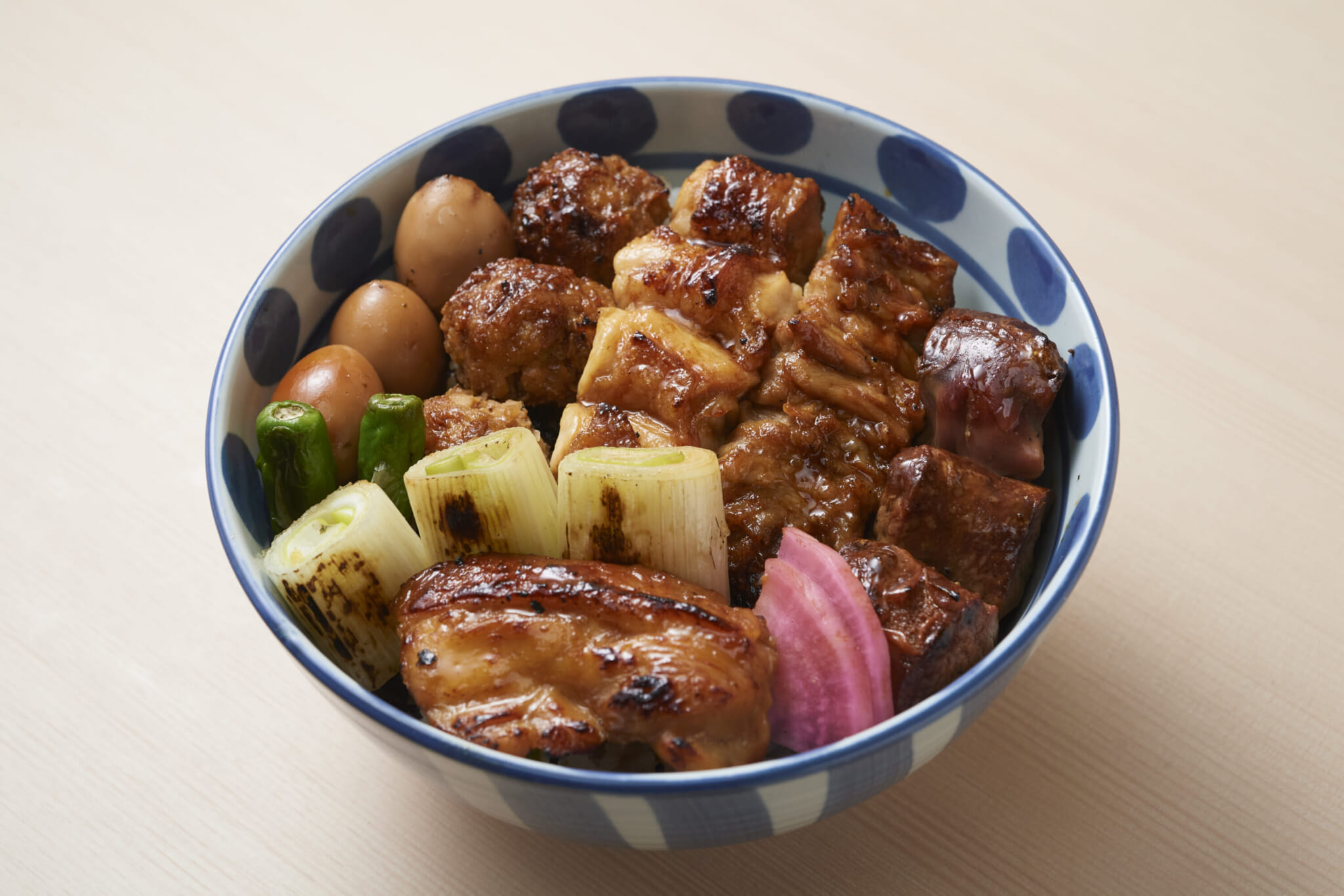
Yakitori
Especially satisfying when accompanied with beer and good conversation, yakitori is skewered, charcoal-grilled chicken, usually seasoned with salt or a soy-based sauce. This is the time to get adventurous with your orders, as you can order skewers of different chicken parts, sampling whatever appeals to you – be that thigh, heart, skin or whatever you can find on the menu.
Where to try it:
Yakitori Okiraku – Traditional yakitori flavors with European stylings, known for its wide selection of rare offal parts
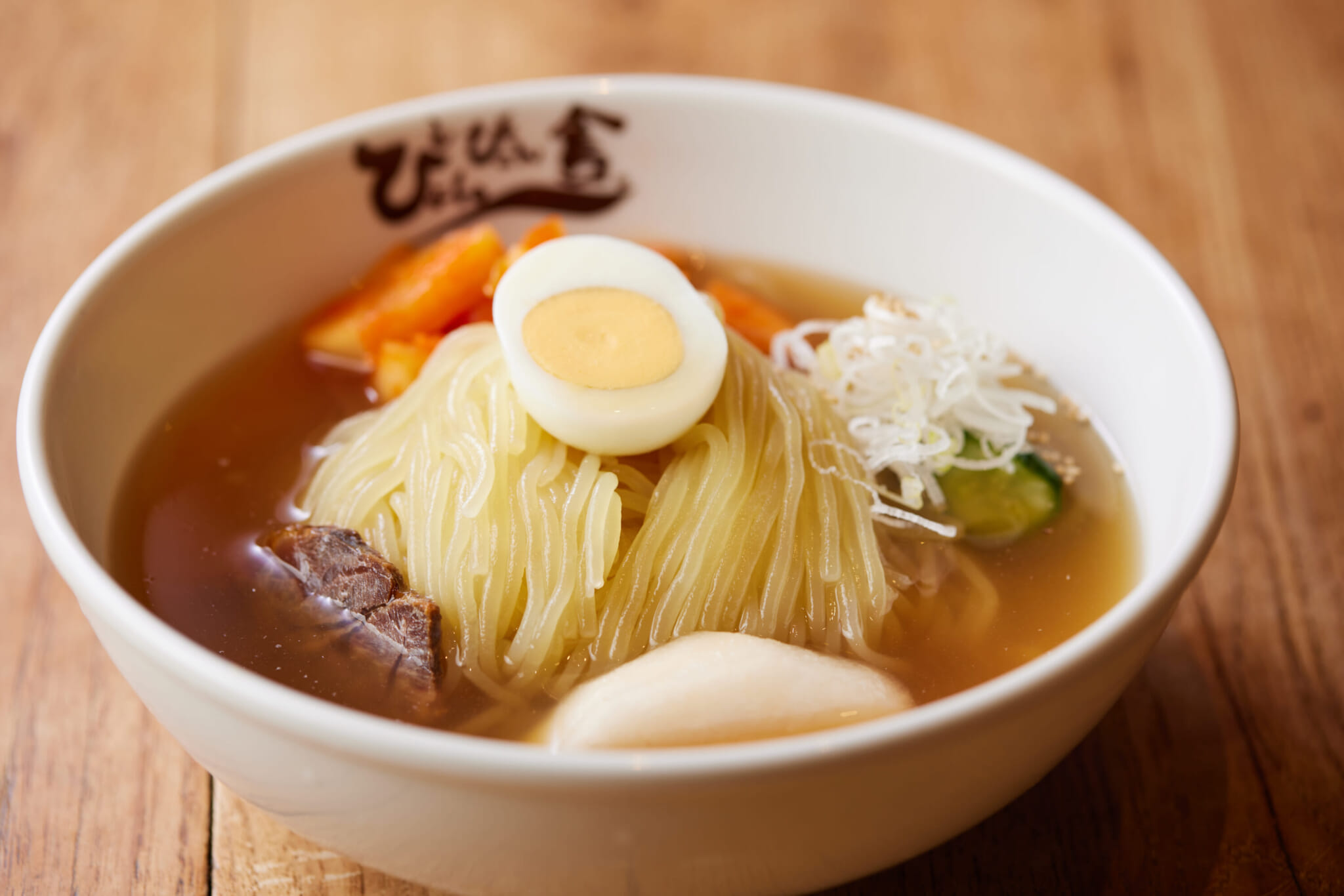
Yakiniku
Yakiniku literally means “grilled meat” and is a style of indoor Japanese BBQ. Your table will usually have its own grill at which you (or your server) can cook up bite-sized pieces of meat and vegetables to share. These restaurants often have a variety of Korean and Japanese side dishes to accompany the grilled food.
Where to try it:
Pyonpyonsha Ginza Una – Yakiniku with organic vegetables and Korean sides
Yakiniku Yamato – Yakiniku serving A5 Kuroge Wagyu beef and original sauces
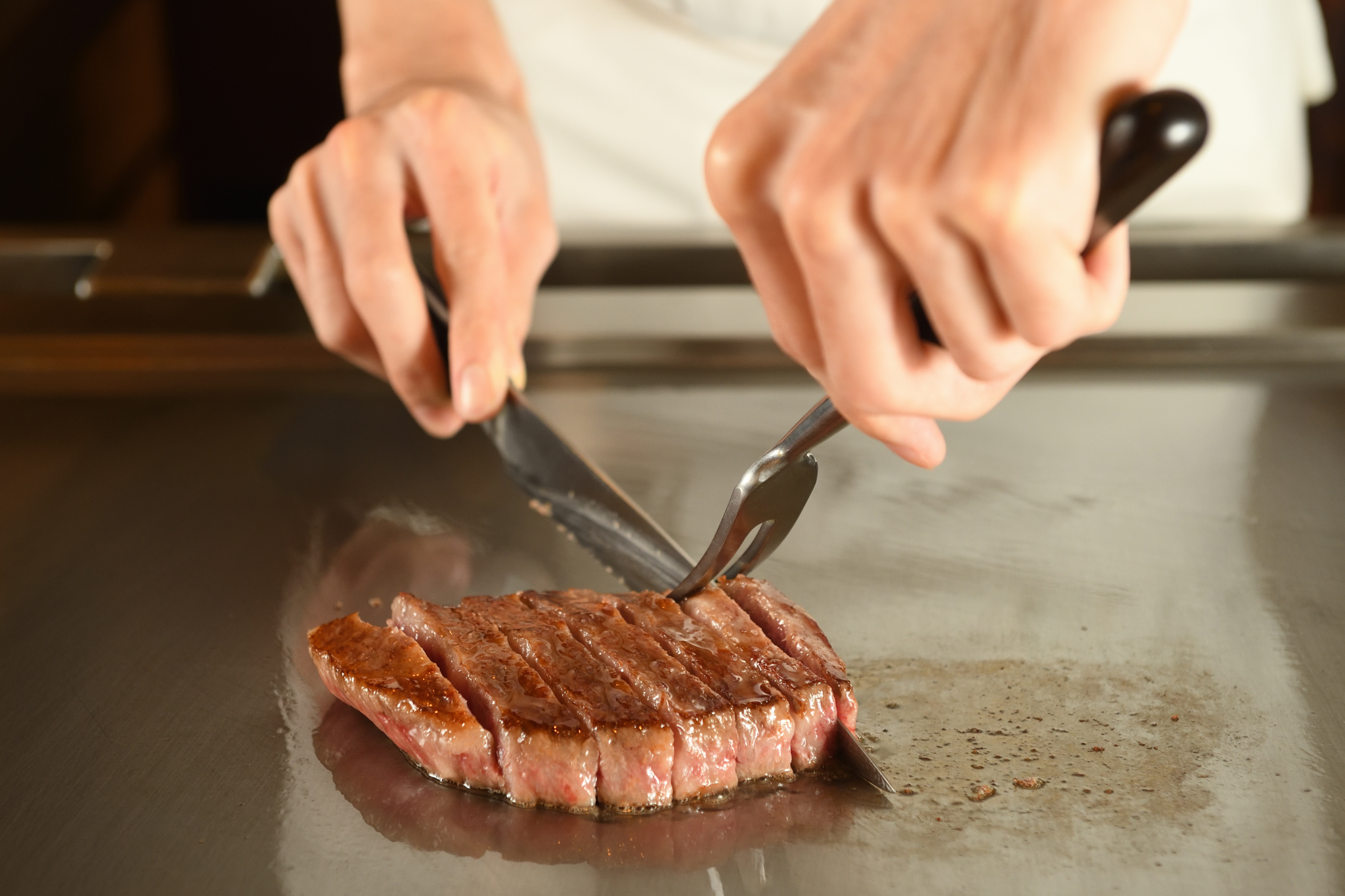
Teppanyaki
Similar to yakiniku, teppanyaki is a style of cooking where meat and vegetables are grilled, this time on a hotplate, or “teppan.” The teppan gives the food a different kind of sear. Teppanyaki is usually cooked by a chef rather than by yourself, though you may have the option to sit by the teppan to watch them work.
Where to try it:
Kaika – Teppanyaki in a refined restaurant with Japanese and European flavors and a large wine selection
Miyashita Naru – Open late and warmly lit, with a boisterous atmosphere and special omelet sides
Tofu
Tofu has made a name for itself across the globe, but having it in Japan is quite a different experience: here, the soft texture and mild flavor of the tofu itself is allowed to shine. You can find it served in soups, cold, with toppings, or mixed with a variety of flavors to bring out its best side. You may also find tofu skin, or yuba, on the menu — a silky and nutritious regional speciality known for its delicate taste.
Where to try it:
Yuba and Tofu Shop Umenohana – Traditional and healthy course meals with seasonal ingredients alongside yuba and tofu
Updated On April 10, 2025

